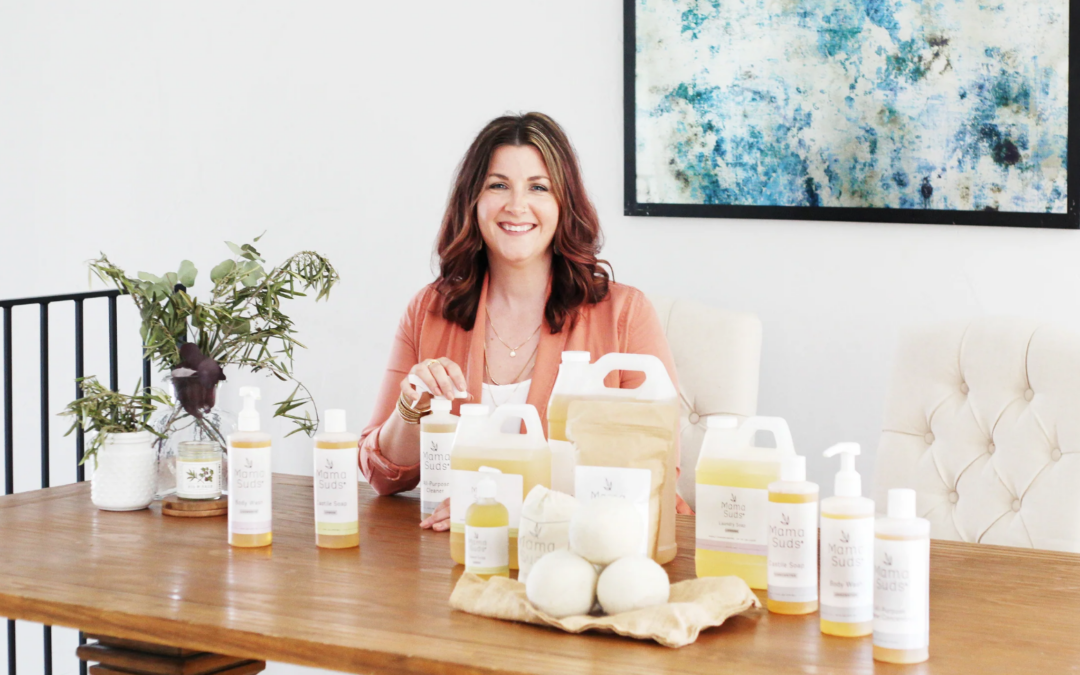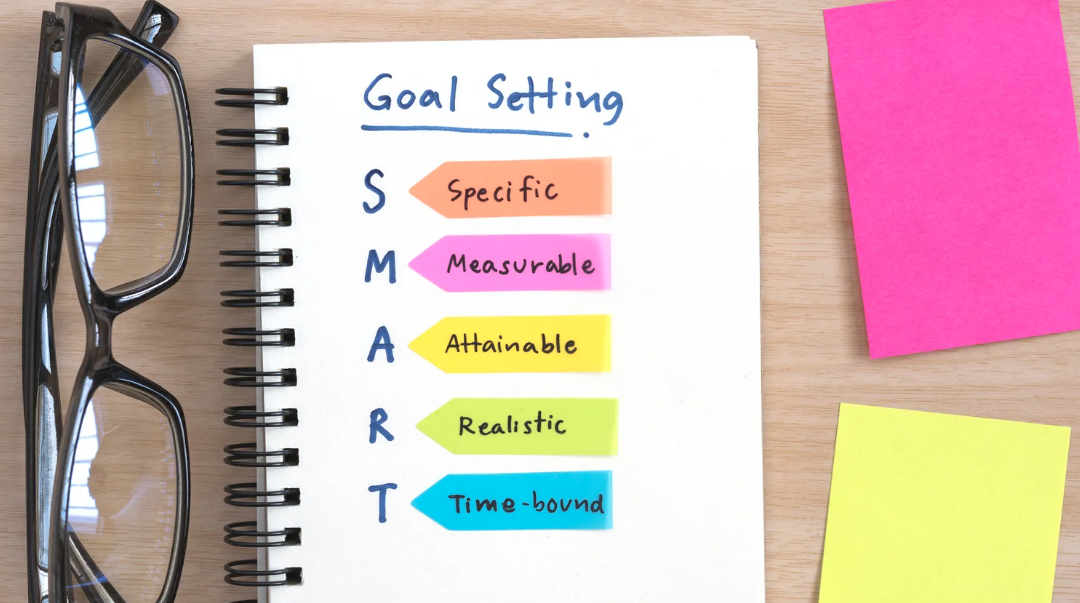No time to listen now? We'll send it to your inbox. No time to listen now? We'll send it to your inbox. or scroll down to get the highlightsUnlock the Power of Email: How to Boost Your Deliverability and Sales If you’re...

Focus On THIS Right Now, Episode 230
No time to listen now? We'll send it to your inbox.
No time to listen now? We'll send it to your inbox.
or scroll down to get the highlights

The Ultimate Planning Guide for Q4
Today, we’re diving into what I see as one of the biggest reasons people don’t hit their goals—especially sales goals. Although this could apply to any goal, like generating leads or hitting production targets.
Whatever your goal might be, there’s one root cause that’s often to blame for missing the mark: lack of planning.
I want to shine a light on how doing a little less but doing it better can actually help you achieve more. And since we’re heading into the 4th quarter—the golden quarter where many of us do half our sales in just three months—I’m going to share what I think you should be working on right now to crush your goals for the rest of the year.
Let’s be honest. There’s nothing worse than pouring your heart and soul into your business, giving it your all, and still falling short of your goals. It’s incredibly deflating, right? And if it happens too often, it can even be demotivating. But here’s the thing—most of the time, we fall short because we didn’t do enough planning. We underestimate what needs to happen to reach our goals. If you can relate to this, then it’s time to start planning smarter, not harder. Let’s talk about how.
September Strategies: Laying the Groundwork for Q4
First things first: What should you be doing in September? The focus should be on conversion. Yes, it’s crucial all year round, but especially now as we prep for Q4.
There are two key metrics you need to keep an eye on: your conversion rate and your average order value.
Your conversion rate is going to dictate your results. If you’ve got a Shopify store, check your dashboard. If not, Google Analytics is your friend. Write down your year-to-date conversion rate because that number is going to tell you what to expect going forward.
For most ecommerce stores, a 1-2% conversion rate is average. If your average order value is high, your conversion rate might be lower, and if your audience is super engaged, it might be higher. But knowing your number is key to setting realistic expectations.
Cracking the Conversion Code: Boost Sales with Data
I’ve noticed a lot of people don’t really understand how conversion happens, and that’s a huge missing piece when setting sales goals. Most folks just aren’t getting clear, specific training on this, which is why I’ve put together a free training called “Conversion School.” It’s a series of four video lessons that break down exactly how conversion works and how you can use your own data to improve it. It’s going live on September 22nd, so check out the show notes for a link to sign up.
For my Inner Circle members, there’s even more training this month, like a website conversion audit and a session on “Product Pages That Convert.” Focus on your top 10 selling items and make sure those product pages are optimized. Trust me, it’s worth the time to ensure you’re set up to convert as much as possible as we head into Q4.
October Lead Generation: Build Your List for Holiday Success
Next up, October. This is the month to focus on lead generation—growing your email list before the holiday shopping season kicks in. Here’s why:
We know that someone who comes to your site from a last-click on an email is at least twice as likely to make a purchase compared to someone coming in cold from social media. And in some cases, it’s even more—like five, six, or seven times more likely!
So, what should you do? Set a lead generation goal for October. If you want to add 300 people to your list, and your conversion rate is around 3%, you’ll need about 10,000 people to see your offer. Do the math, figure out how to get those eyeballs on your form, and start tracking.
One of my favorite ways to build a list is through collaborations. Partner with another business owner and do a simple lead generation swap. You introduce their products to your audience, they introduce yours to theirs, and you both grow your lists. It’s a win-win!
November Promotions: Create Offers That Convert
November is the big one. For most of us, it’s the biggest sales month of the year. This is when you want to set the stage for your Black Friday promotion or another major offer.
First, set a solid sales goal. Again, remember your conversion rate—use it to figure out how much traffic you’ll need to hit your goal. And don’t forget that traffic from an email is at least twice as likely to convert as traffic from social media, so make sure your emails are compelling and clickable!
When crafting your offer, keep it simple and broad to appeal to as many people as possible. A site-wide discount or a straightforward BOGO (Buy One, Get One) can be more effective than a complicated offer that only some people can use. The easier your offer is to understand, the better it will perform.
Build the Hype: How Early Access Lists Boost Sales
Another great strategy for November is creating an early access list. This is essentially a special group of customers who get to shop your sale early. It builds anticipation and urgency, and these lists tend to convert at a much higher rate. We recently did a promotion within the Inner Circle, and our early access list converted at 46%! That’s huge!
To create your own early access list, consider adding a sign-up form on your website or sending a dedicated email to your current subscribers. Let them know they’ll be the first to shop your biggest sale of the year and watch the conversions roll in.
Check out THIS post to learn more about this strategy.
December Dash: Capitalize on Gift Giving and Clearance Sales
December can feel short for ecommerce businesses since you have to make sure your customers receive their orders before Christmas. The first thing you need to do is set a cutoff date for guaranteed delivery by Christmas. Use this date in all your communications to create natural urgency—no discounts needed.
Focus on your most giftable products—things that don’t require a specific size, like jewelry or home goods. Promote these items heavily, and consider running a post-Christmas sale to clear out any remaining inventory. Remember, there’s a great opportunity to capture last-minute sales in that week between Christmas and New Year’s.
Goal Setting 101: Do the Math to Reach Your Targets
Finally, let’s talk about setting realistic goals. Do the math. Figure out how much traffic you need based on your conversion rate, and set a budget for ads if necessary. Map out your social media and email content to ensure consistent messaging.
Planning ahead not only sets you up for success, but it also helps you feel in control. And when you reach those goals, it’s incredibly motivating—you’ll be ready to tackle the new year with confidence.
Plan Now, Win Later
So there you have it—the ultimate planning guide for Q4. Set your sales goals for each month, do the math, and make a plan to get there. Remember, it’s all about having the right expectations and putting in the work to make them happen.
By following these steps, you can plan effectively and maximize your sales in the final quarter of the year. If you need more support, check out the free “Conversion School” [https://learn.thesocialsalesgirls.com/conversion-school/] training or join the Inner Circle for exclusive content and tools to help you succeed in Q4.
RELATED LINKS:
FREE TRAINING – CONVERSION SCHOOL
https://learn.thesocialsalesgirls.com/conversion-school/
STOP AVOIDING THIS AND GET CONTROL OF YOUR SALES
https://thesocialsalesgirls.com/stop-avoiding-this-and-get-control-of-your-sales-episode-229/
AN EASY COLLABORATION YOU CAN DO THIS MONTH
A WINNING STRATEGY FOR LEAD GENERATION
https://thesocialsalesgirls.com/a-winning-strategy-for-lead-generation/
MORGAN’S STRATEGY TO SELL OUT HER NEW COLLECTIONS
https://thesocialsalesgirls.com/morgans-strategy-to-sell-out-her-new-collections-episode-221/
New FREE Course
GROW YOUR SALES
(without breaking the bank)
Conversion School is a step by step process to grow your sales,
without spending a fortune on risky ad strategies, or discounting your products.
Works for Ecommerce stores at all stages.
Start getting consistent sales, and see significant sales growth every month.
New FREE Course
GROW YOUR SALES
(without breaking the bank)
Conversion School is a step by step process to grow your sales,
without spending a fortune on risky ad strategies, or discounting your products.
Works for Ecommerce stores at all stages.
Start getting consistent sales, and see significant sales growth every month.
Get Better Email Deliverability With These 3 Steps, Episode 242
Is your website set up to convert? 7 steps to follow. Episode 241
No time to listen now? We'll send it to your inbox. No time to listen now? We'll send it to your inbox. or scroll down to get the highlights7 Essential Steps to Make Your E-Commerce Site Conversion Ready We’ve all been...
$100K Sales In One Year, By Focusing On One Thing, Episode 240
No time to listen now? We'll send it to your inbox. No time to listen now? We'll send it to your inbox. or scroll down to get the highlightsHow to Build a High-Growth, Low-Stress E-commerce Business: Lessons from Mia...








